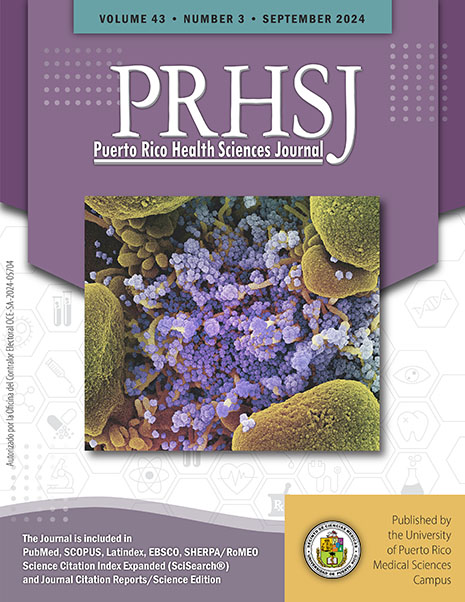Abstract
Objective: Childbirth is considered to be both beautiful and traumatic. Following a vaginal delivery, some women express discontent with the appearance of their genitalia on social media and/or websites. This study explored how some women perceived their genitalia, post childbirth. Three groups were compared: women with a vaginal delivery, those with a cesarean-section, and those who had never given birth. Methods: After the study received approval from the institutional review board, 224 female participants living in Puerto Rico and aged 21 to 42 years completed a questionnaire about their genital self-image. Results: Approximately 51% (n = 115) of the participants had never given birth; the others had given birth via C-section 23% (n = 51) or vaginally 26% (n = 58). In all 3 groups, 84% felt positive about their genitals, 79% expressed their satisfaction with the appearance of their genitals and 84%, with their size; 81% were not ashamed of their genitals. Conclusion: Logistic regression found no significant difference in genital self-perception between delivery groups or nulliparous women. The adjusted odds ratios for positive genital image varied slightly between delivery methods but were not statistically significant (ranging from 0.65 to 1.11 for vaginal deliveries, and 0.42 to 1.00 for C-sections; P > .05). This suggests that the method of delivery does not have a significant impact on women’s genital self-perception. However, for the 21% with negative perceptions, targeted support is essential; for those struggling with their self-image after childbirth, our results can inform support services to address concerns.
Authors who publish with this journal agree to the following terms:
a. Authors retain copyright and grant the journal right of first publication with the work simultaneously licensed under a Creative Commons Attribution License that allows others to share the work with an acknowledgement of the work's authorship and initial publication in this journal.
b. Authors are able to enter into separate, additional contractual arrangements for the non-exclusive distribution of the journal's published version of the work (e.g., post it to an institutional repository or publish it in a book), with an acknowledgement of its initial publication in this journal.
c. Authors are permitted and encouraged to post their work online (e.g., in institutional repositories or on their website) prior to and during the submission process, as it can lead to productive exchanges, as well as earlier and greater citation of published work (See The Effect of Open Access).
